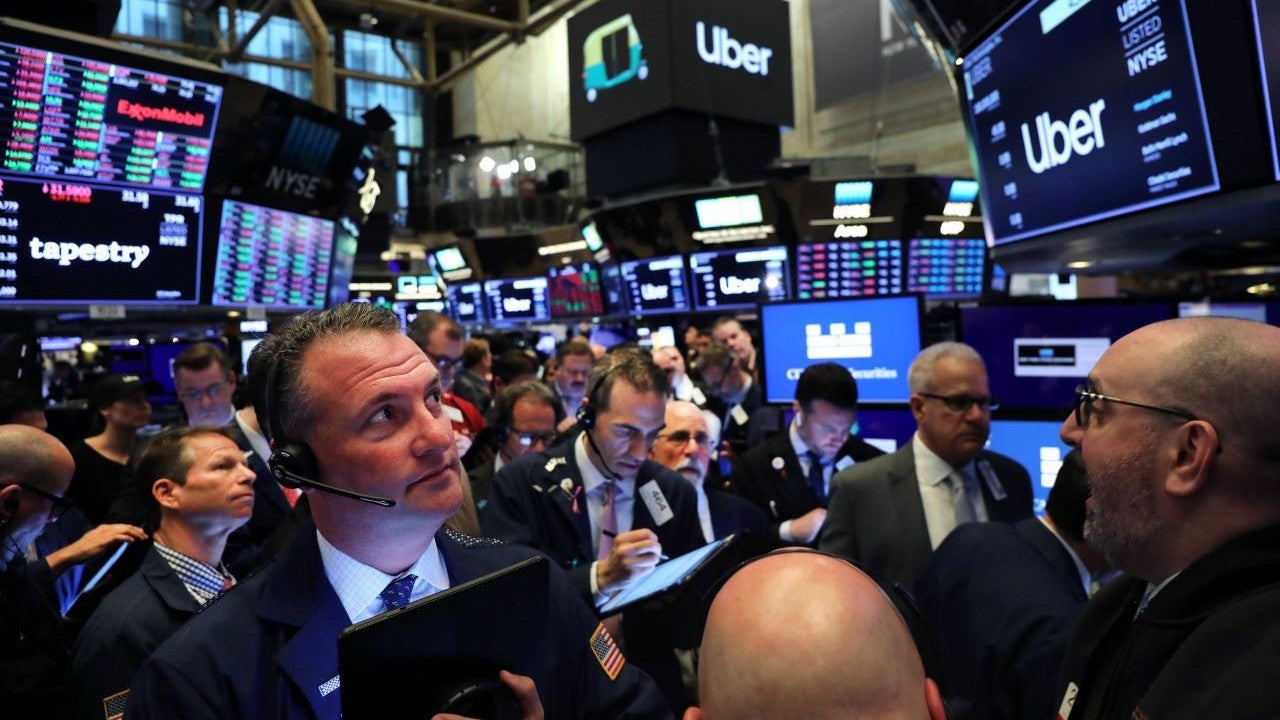Exactly 20 years ago this month, Arthur Andersen — the accounting firm Enron had hired to audit the company’s financial statements — was investigated by the Department of Justice. Arthur Andersen quickly collapsed, and even though most of the firm’s 85,000 partners and staff weren’t directly responsible for what happened, they lost their jobs, their...
Commerce
What’s Behind the Obsession Over Whether Elizabeth Holmes Intentionally Lowered Her Voice?
There is a scene in Hulu’s new series, “The Dropout,” where Theranos founder Elizabeth Holmes, wearing a white blouse, stands in front of a mirror and practices saying, “This is an inspiring step forward.” With each iteration, her voice deepens. As the world has learned about Theranos’ web of deception – whether through John Carreyrou’s...
The Tech Industry Talks About Boosting Diversity, but Research Shows Little Improvement
The U.S. tech sector is growing 10 times faster and has wages twice as high as the rest of the economy. This industry also wins the race for high profits and stock returns. At the same time, the tech sector’s professional, managerial and executive labor forces are overwhelmingly white and male. It is not surprising,...
Digital Finance Doesn’t Reduce Inequality; It Perpetuates It
A new paper in Oxford Open Economics, indicates that, while digital financial services are often proposed as a vehicle to lower inequality, the cost and infrastructure barriers to accessing mobile phones may amplify economic disparities among women in developing countries. Previous research has suggested that digital financial services have the potential to improve access to money...
How Mexico’s Lucrative Avocado Industry Found Itself Smack in the Middle of Gangland
To the relief of avocado lovers from coast to coast, the recent drama between the United States and Mexico was fleeting. The U.S. Department of Agriculture banned imports of the fleshy fruit from Mexico on Feb. 11, 2022, after an employee of its Animal and Plant Health Inspection Service, who was working in Mexico, received...
The Future of Work: What Have We Learned During the Pandemic?
The extraordinary pivot to a work-from-home (WFH) mode for a large segment of the world’s working population since March 2020 intensified an existing trend that began with the proliferation of digital technologies. As COVID-19 variants have cycled up and down over the past two years, flexible hybrids of the workplace modality emerged and evolved. The...
New Report Reveals 140K U.S. Workers Involved in 265 Strikes in 2021
The most common demands of the 140,000 striking American workers in 2021 involved health and safety protocols, pay and health care benefits, according to a new report from the Cornell University ILR Labor Action Tracker 2021. Published Feb. 22, the report captures nuances of a surge in labor activism considered by many, at least in...
Who’s Watching? Nearly a Third of TV Ads Play to Empty Rooms
Paying thousands of dollars to advertise on television is a huge proposition – never more so than for the Super Bowl, for which 30-second TV spots this year will cost advertisers as much as $6.5 million. Contrary to Super Bowl advertisements, which are some of the most high-profile commercials, new Cornell University research shows nearly...
People Prefer Interacting with Female Robots in Hotels
People are more comfortable talking to female rather than male robots working in service roles in hotels, according to a study by Washington State University researcher Soobin Seo. The study, which surveyed about 170 people on hypothetical service robot scenarios, also found that the preference was stronger when the robots were described as having more...
Don’t Care About Reputation? the Surprising Association Between High-Reputation Underwriting Firms and Low-Quality IPO Companies in a Nascent Stock Market
In both mature and burgeoning markets, underwriters who boast a high reputation will prevail, as they get to choose their clients. The question becomes: Who might they choose? According to the new study “Who do you take to tango? Examining pairing mechanisms between underwriters and initial public offering firms in a nascent stock market”—authored by...









